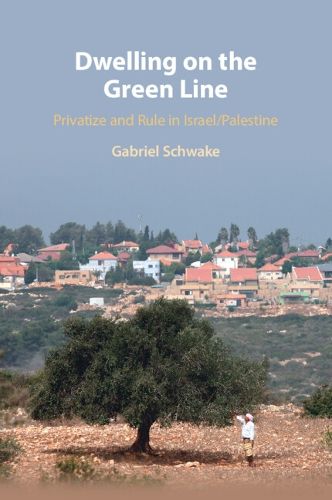Readings Newsletter
Become a Readings Member to make your shopping experience even easier.
Sign in or sign up for free!
You’re not far away from qualifying for FREE standard shipping within Australia
You’ve qualified for FREE standard shipping within Australia
The cart is loading…






Concealed within the walls of settlements along the Green-Line, the border between Israel and the occupied West-Bank, is a complex history of territoriality, privatisation and multifaceted class dynamics. Since the late 1970s, the state aimed to expand the heavily populated coastal area eastwards into the occupied Palestinian territories, granting favoured groups of individuals, developers and entrepreneurs the ability to influence the formation of built space as a means to continuously develop and settle national frontiers. As these settlements developed, they became a physical manifestation of the relationship between the political interest to control space and the ability to form it. Telling a socio-political and economic story from an architectural and urban history perspective, Gabriel Schwake demonstrates how this production of space can be seen not only as a cultural phenomenon, but also as one that is deeply entangled with geopolitical agendas.
$9.00 standard shipping within Australia
FREE standard shipping within Australia for orders over $100.00
Express & International shipping calculated at checkout
Concealed within the walls of settlements along the Green-Line, the border between Israel and the occupied West-Bank, is a complex history of territoriality, privatisation and multifaceted class dynamics. Since the late 1970s, the state aimed to expand the heavily populated coastal area eastwards into the occupied Palestinian territories, granting favoured groups of individuals, developers and entrepreneurs the ability to influence the formation of built space as a means to continuously develop and settle national frontiers. As these settlements developed, they became a physical manifestation of the relationship between the political interest to control space and the ability to form it. Telling a socio-political and economic story from an architectural and urban history perspective, Gabriel Schwake demonstrates how this production of space can be seen not only as a cultural phenomenon, but also as one that is deeply entangled with geopolitical agendas.